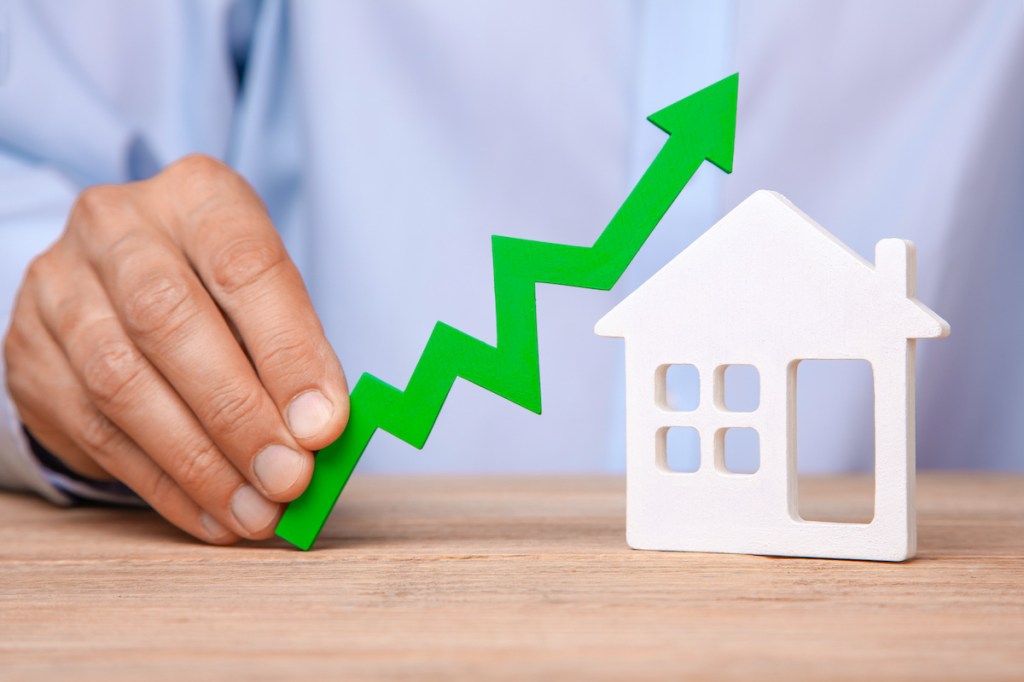Home prices accelerated yet again in March, for the 10th straight time. In fact, they rose 13.2% from March 2020, according to the most recent S&P CoreLogic Case-Shiller Home Price Index report.
The March gain is also the largest since December 2005 and is one of the largest in the index’s 30-year history, said Craig Lazzara, managing director and global head of index investment strategy at S&P DJI.
The 10-city composite rose 12.8% year over year, up from 11.7% in the previous month. The 20-city composite increased 13.3%, up from 12% in February. Cities with the strongest home price gains were Phoenix, San Diego and Seattle — similar to last month’s Case-Shiller report.
Phoenix saw a 20% year-over-year home price increase, followed by San Diego with a 19.1% increase and Seattle with a 18.3%.
“Home price data is consistent with the hypothesis that COVID-19 has encouraged potential buyers to move from urban apartments to suburban homes,” Lazzara said. “This demand may represent buyers who accelerated purchases that would have happened anyway over the next several years. Alternatively, there may have been a secular change in preferences, leading to a permanent shift in the demand curve for housing.”
Technology for navigating secondary market challenges
In this webinar, MCT COO Phil Rasori and expert guest panelists will review how mortgage lenders can overcome common challenges selling their loans on the secondary market. Join us to learn how they are using new strategies to bypass these frustrations, ultimately leading to a pickup in loan sale profitability.
Presented by: MCT
Higher material costs, a lack of inventory and labor continue to drive demand, pushing up home prices. Robert Frick, corporate economist at Navy Federal Credit Union, noted that some builders are slowing production in hopes prices will come down as the supply chain recovers.
“The housing market dynamics are pushing up prices of homes to the point that new homes especially are increasingly out of reach for lower-income and even many middle-income Americans,” Frick said. “And unfortunately, a slowdown in starts and permits shows the new home supply, while much higher than pre-pandemic levels, will not be increasing soon.”
In response to the latest Case-Shiller report, Zillow chief economist Matthew Speakman noted that 683,000 new homes were sold in all of 2019 — and the current pace of sales is “well on track” to exceed that figure this year, despite a lack of inventory and unprecedented home prices.
“Homes are selling about as quickly as ever, and many builders are expressing the fact that sales could be higher if materials-related constraints weren’t there,” Speakman said. “With so few existing homes available for-sale, would-be buyers continue to eagerly seek out newly constructed homes, even as prices rise.”
Mortgage rates continue to hover around 3%, keeping prospective homebuyers interested, Speakman said.
“Mortgage rates have held near all-time lows and the gradual re-opening of the economy has encouraged many would-be buyers to enter the mix,” Speakman said. “All told, there is little, if any, indication that home prices will slow their appreciation anytime soon.”






